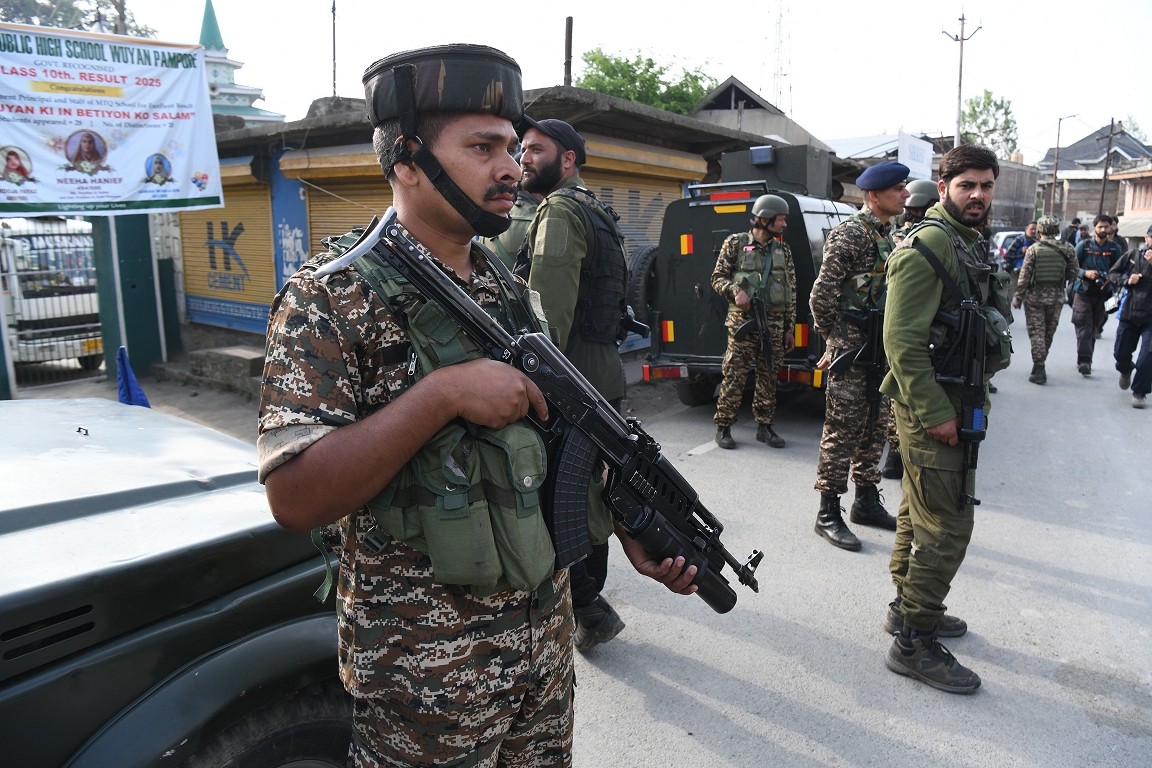Work on the road: what advantages and disadvantages does the strategy have ‘short but violent’?
:format(webp)/s3/static.nrc.nl/images/gn4/stripped/data118880454-3d8bfb.jpg)
It must. It can’t be otherwise. « Nobody likes to be in a traffic jam, but we are simply having an outdated road network and we will have to refurbish that, » says a spokesperson for Rijkswaterstaat. This weekend, a few highways are completely closed for major maintenance. The A12 from the direction of Arnhem to Utrecht closes for nine days from Veenendaal; And even longer, sixteen days, the A1 between Amsterdam and Diemen is also closed. « Take into account more than sixty minutes of extra travel time, » warns Rijkswaterstaat.
The work is the start of a long series, the Netherlands stands for « the greatest maintenance statement ever, » says Rijkswaterstaat. « Because we have built many bridges, tunnels, viaducts, roads and locks in the 1950s, sixties and seventies of the last century, they will all be at the end of their lifespan in the coming years. That is why much major maintenance and renovation work will be on the agenda in the coming years. » Moreover, the roads are worn out faster than expected ‘due to intensive and heavy use’, for example through freight traffic.
Working from home? ‘Go for it’
Not all companies and institutions from Amsterdam and Utrecht respond to questions from NRC Whether and how they want to save their employees a possible traffic infarction. Some though. The municipality of Amsterdam, the largest employer in the city, says that they ‘do not have a separate policy’, but to inform employees in an internal mailing, and to keep them ahead of ‘thinking carefully’ about a trip by car, to travel outside rush hour and to ‘view’ whether they can work at home.
The University of Amsterdam, such a large employer, simply answers ‘no’ to the question of whether students and employees are warned. Such a warning only comes out in « unexpected failure of trains, bad weather conditions such as code red and strikes in public transport ». Rabobank’s head office in Utrecht also keeps a cool head. « We are already working hybrid anyway, » said a spokesperson. « We always encourage people to come to the office, but let them see for themselves what is best for them. And if people prefer to travel outside of rush hour, they should do that. We don’t all have to work from nine to five. If you want to start at six in the morning and go home at two in the afternoon? Go for it. »
The Jaarbeurs in Utrecht has informed organizers and visitors of events of the work as carefully as possible, among other things via messages on the website. « And further: of course we are next to Utrecht Central, » said a spokesperson.
Read also
Work on A10 lead to traffic jams and administrative annoyance
Short but fierce
The conclusion of the A12 in particular « will undoubtedly have a major impact, » says Arnoud Broekhuis, traffic information manager at the ANWB, since sixty thousand vehicles ride from Arnhem to Utrecht every day. There are alternatives; Other highways along which motorists can eventually reach their destination. Broekhuis: « Rijkswaterstaat chooses the » short but fierce « strategy for the major work. That succeeds if you have alternatives. But again it is not possible at a highway such as the A28 between Zwolle and Groningen. In that case, motorists have to move to the so -called underlying road network, the provincial roads. »
No matter how annoying the work can turn out, according to Broekhuis, Dutch people are ‘blessed’ with the way in which the road works are tackled. « Here it is common to carry out the road works as much as possible in the evening and in the weekends. In countries such as Belgium and Germany, they draw a line and can just be closed for part of months. » To the sorrow of tourists. « They will call us and ask if those countries do that to bully them. »
Night workers asked
It is a pity that the current Dutch works cannot be performed in traffic -calmed holiday weeks. The expectation is that « due to the large amount of activities that are still coming, we will also have to work more often during the week, » says Rijkswaterstaat. « That is also because it is becoming increasingly difficult for our contractors to find employees who want to work at night. » The work is, however, coordinated nationally via ‘interface analyzes’: if, for example, two different works ‘provide each other as a diversion route’, a new schedule will be made.
Incidentally, the strategy to close a piece of highway briefly but violently also has advantages, says Arnoud Broekhuis of the ANWB. « You can work faster because you don’t always have to put pawns in the evening and remove them again in the morning. » Road workers can also work more safely. And finally, a complete closure is clear for road users. « They know where they stand. If you leave one lane from a highway, it is usually totally full. »
Finally, an ANWB advice: Do not ride on provincial and municipal roads in the event of road works, even though navigation equipment calls for the motorist to do so, as was done last year during a large traffic infarction near Nieuwegein after a partial closure of the A2. « The credo is: stay on the highway, » said Broekhuis.
Read also
The new boss of Rijkswaterstaat: ‘We are not there to bully the motorist’

:format(webp)/s3/static.nrc.nl/wp-content/uploads/2024/07/02213425/data117908755-943220.jpg)
:format(webp)/s3/static.nrc.nl/images/gn4/stripped/data131805069-169c64.jpg)
/s3/static.nrc.nl/images/gn4/stripped/data132038456-4e8c46.jpg|https://images.nrc.nl/_tqBU0cC0h8iDnAjK6YI0iUH9Jw=/1920x/filters:no_upscale()/s3/static.nrc.nl/images/gn4/stripped/data132038456-4e8c46.jpg|https://images.nrc.nl/rffdIP82XTiK3DzhSf6U9Cvavc0=/5760x/filters:no_upscale()/s3/static.nrc.nl/images/gn4/stripped/data132038456-4e8c46.jpg)
/s3/static.nrc.nl/wp-content/uploads/2025/05/09124302/kleinGettyImages-647430536.jpg)


